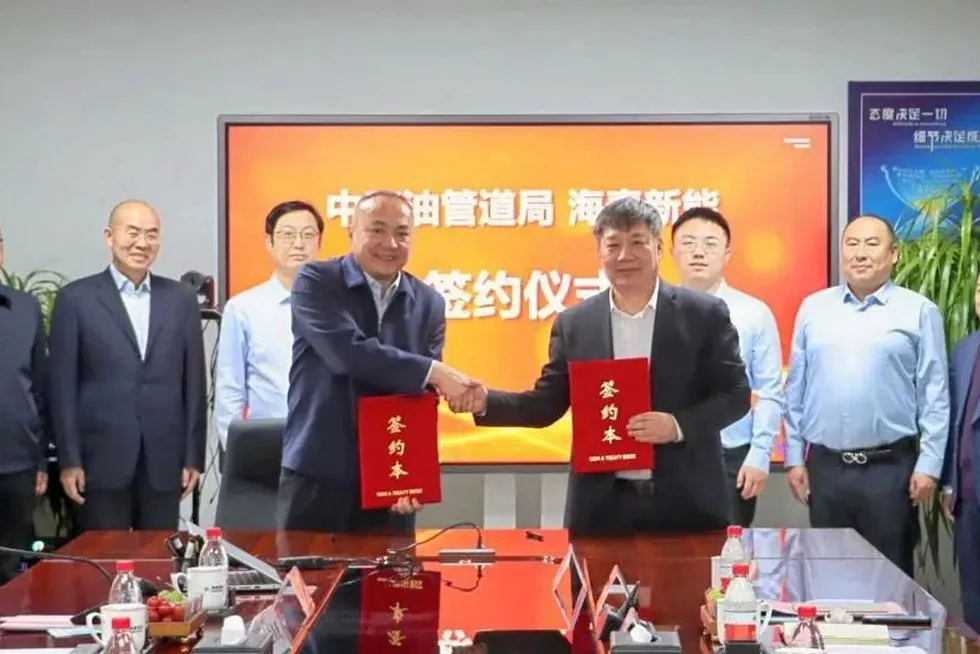World's longest hydrogen pipeline, covering 700km, set for construction work this year at a cost of $845m
The Chinese record-breaker could facilitate renewable H2 exports from a port near Beijing, developers claim

Stay ahead on hydrogen with our free newsletter
The 737km Zhangjiakou Kangbao-Caofeidian pipeline will run from a green hydrogen project in the city of Zhangjiakou to the port of Caofeidian (about 250km southeast of Beijing) via the cities of Chengde and Tangshan, all of which are in Hebei province.
The project is being developed by Tangshan Haitai New Energy Technology (THNET), an offshoot of Chinese solar company Haitai Solar — in co-operation with China Petroleum Pipeline Engineering Corporation (CPPEC), a subsidiary of state-owned oil giant China National Petroleum Corporation that is itself building a smaller-scale hydrogen pipeline in the north of the country.
THNET and CPPEC last week signed a non-binding co-operation agreement to carry out design and consulting services for construction of the pipeline.
The project was signed off by the provincial government of Hebei in December, and construction is scheduled to begin in June 2024, for completion in June 2027.
However, there are few details about the hydrogen project associated with the pipeline — nor how a solar company is raising funds to invest billions of yuan in a hydrogen pipeline project.